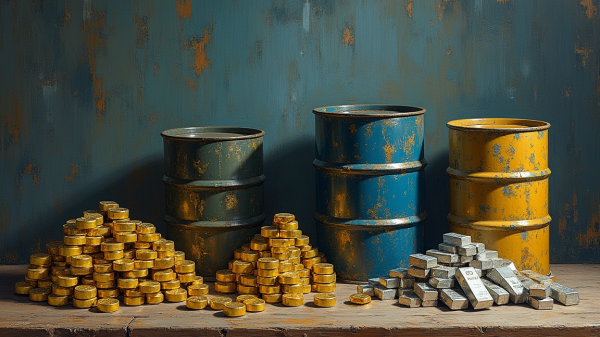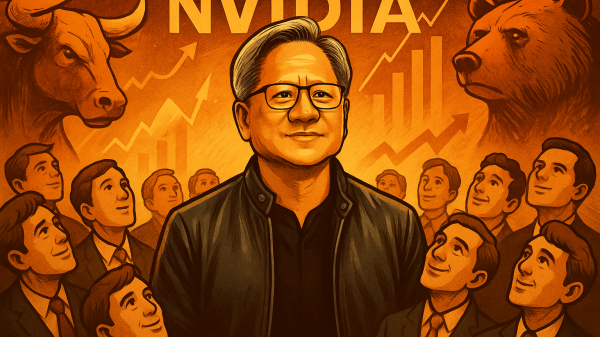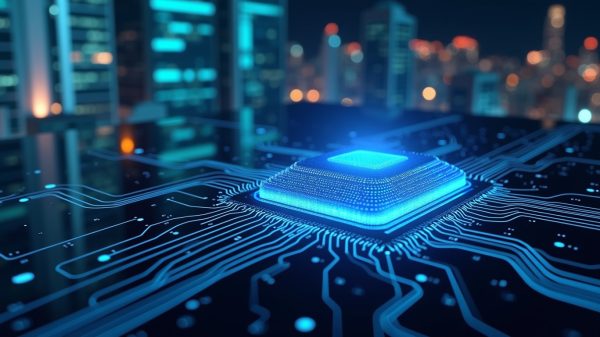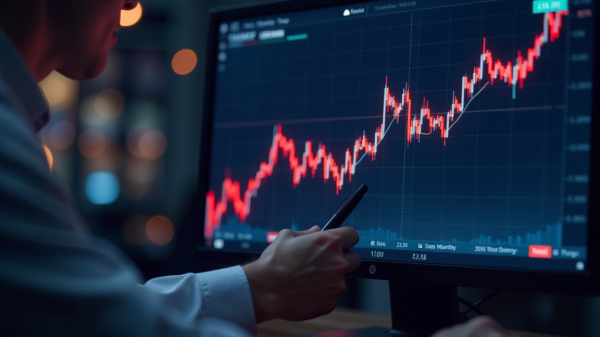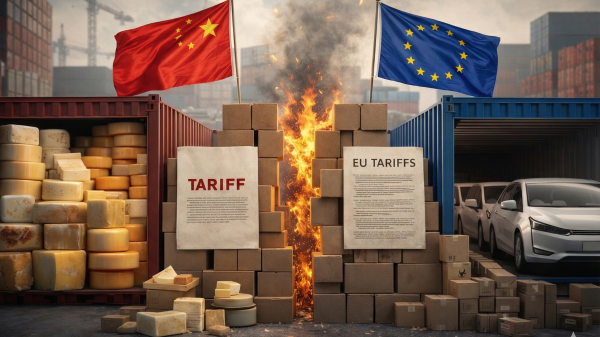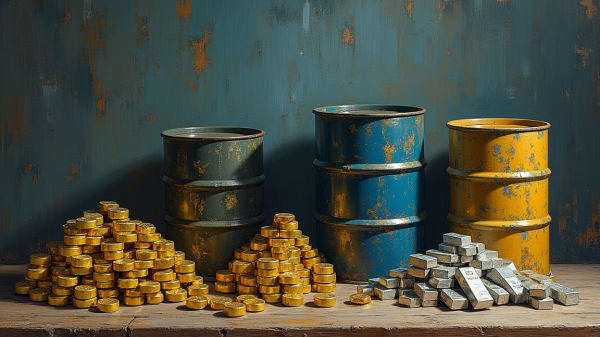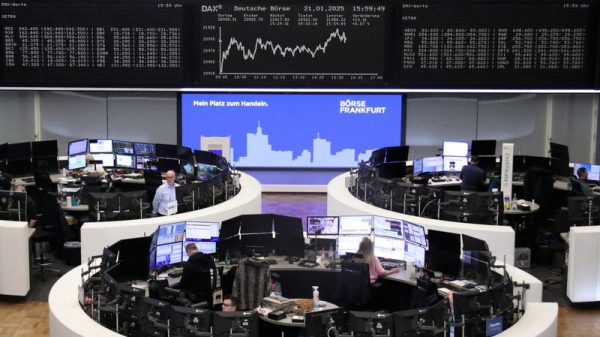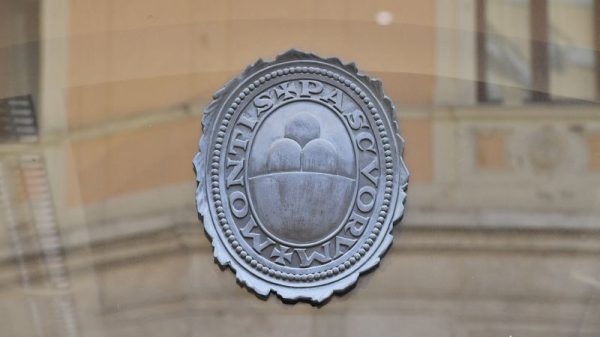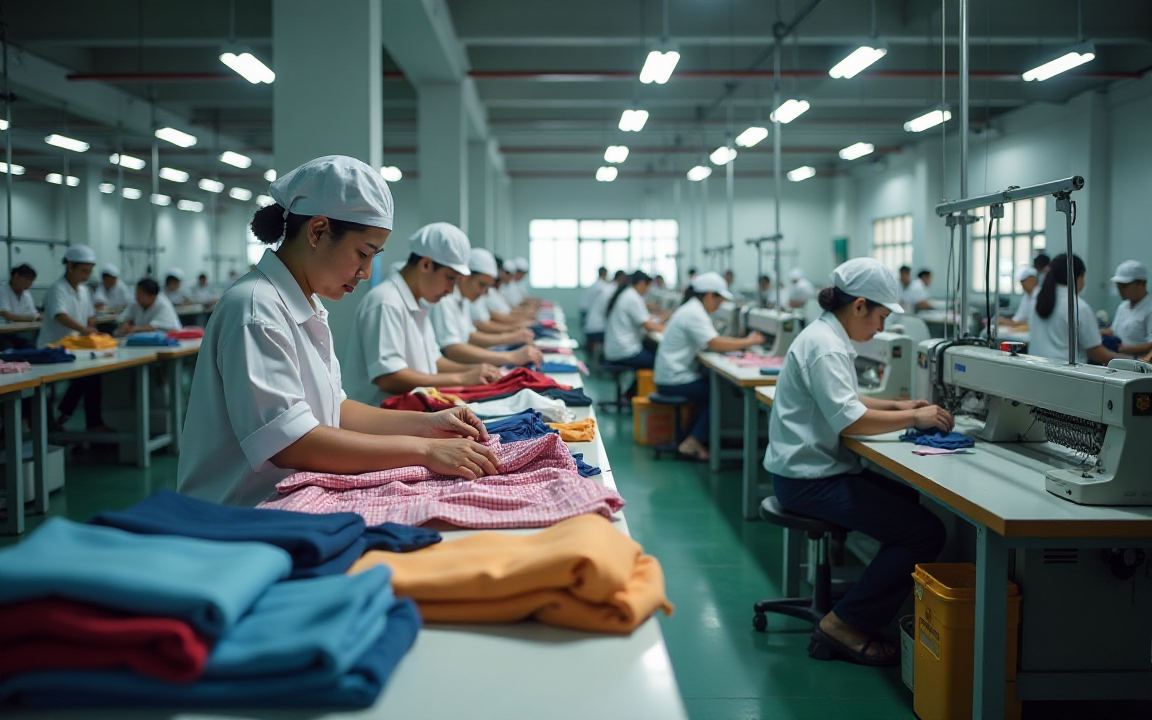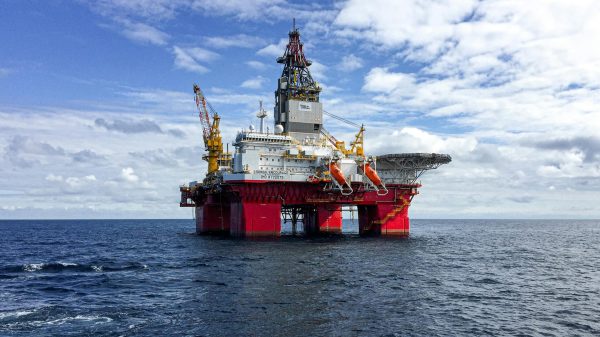A new industrial map is being drawn, and it looks nothing like the one that powered Asia’s rise.
Emerging economies are trying to resist a push from multiple fronts.
Bangladesh’s garment industry faces US tariffs of up to 20%. Indonesia is facing another 19% tariff.
Vietnam, the region’s manufacturing star, is stuck in low-value assembly while automation looms.
Export-led manufacturing was the ticket to prosperity for poor nations for the past 5 decades.
But now the model is under pressure from trade barriers, political instability and a wave of new technology.
The question used to be who can be the next China. But now it’s whether the world will even allow another one to emerge.
Can cheap labour still win?
For emerging economies, low wages were a country’s greatest asset.
Bangladesh became the world’s second-largest garment exporter by leveraging this simple fact.
Its factories employed more than four million workers and drove growth of around 6% a year through the 2010s.
But that story has stalled. Growth plunged in 2023 and 2024 after political unrest toppled the government, and productivity in its main industry has barely improved.
Vietnam is in a stronger position. Its exports jumped 16% year-on-year in July to $42 billion.
Yet the country’s industrial base is thinner than it looks. Much of its success comes from assembling parts made in China and South Korea.
Wages are rising, and Vietnam is approaching what economists call the “Lewis turning point”, where the pool of cheap rural labour runs dry.
If it cannot move up the value chain, it risks becoming too expensive for low-end manufacturing but not advanced enough for high-tech.
Indonesia faces a different problem. Its economy has grown around 4% a year, thanks largely to commodities like nickel and palm oil. But its manufacturing share has slipped.
Tariffs of 19% on shrimp exports highlight how quickly a single sector can be hit. Economists predict a 30% drop in the country’s exports.
The government has responded by seeking new markets in China and the Middle East.
Yet without a push into electronics or higher-value industries, Indonesia’s growth may remain stuck at a level too slow to lift incomes meaningfully.
Cheap labour is no longer enough. Automation, which is getting supercharged by artificial intelligence, is steadily reducing the advantage of low-cost workers.
Countries must offer more than just low wages if they want to build lasting industries.
What happens when politics breaks the machine?
Political stability is as important as trade policy. Bangladesh’s political crisis last year was a reminder of how fast industrial gains can unravel.
The country had failed to diversify beyond garments before unrest hit, leaving its economy exposed.
The risk now is not just slower growth but social reversals.
Garment jobs that pulled millions of women into the workforce could vanish if factories close or relocate to cheaper and more stable competitors.
Pakistan’s story is even worse. It has been in near-zero growth for two years. Investment is less than 15% of GDP.
Political power swings between military and civilian leaders, and each change disrupts economic planning.
Even if Washington’s new 19% tariff on textiles hurts, it is political paralysis, not tariffs, that locks Pakistan out of industrial progress.
Contrast that with the Philippines. Growth has been steady at around 5% despite the same global shocks.
The country has avoided political turmoil and built strength in business services rather than manufacturing.
Its call centres and IT services earn billions in exports each year.
For a country that once relied mainly on remittances, this is a significant improvement.
It suggests that not every developing nation needs to follow the old industrial path.
Can tariffs push emerging economies to change?
Tariffs are meant to punish. They may also force reinvention.
Bangladesh has already begun talks with the United States to buy American wheat in exchange for lower tariffs on its garments.
This is transactional, but it shows how trade policy is shaping industrial strategy.
If the deal succeeds, it could set a precedent for other export-heavy economies to trade market access for strategic purchases.
Vietnam, which is facing a 20% tariff threat, is exploring ways to build domestic supplier networks.
At present, even its largest export industry, electronics, depends heavily on imported parts.
If tariffs accelerate this shift, Vietnam could move closer to the model that once made Malaysia a success: combining foreign investment with homegrown industrial depth.
Indonesia is another test case. Tariffs on shrimp will likely push it to invest in processing and branding instead of relying on raw exports.
The same strategy could apply to its nickel sector, where Jakarta has already banned raw ore exports to force local refining.
Tariffs could unintentionally make Indonesia double down on that approach.
Where growth still looks resilient
Some countries have already adapted to a tougher trade environment.
Malaysia’s electronics industry has made it one of Southeast Asia’s most successful economies.
It’s now growing faster than most developed economies.
Malaysia attracts steady foreign investment not because of cheap labour but because of its skilled workforce and strong infrastructure.
The Dominican Republic is another overlooked story. Its economy has grown about 4% a year, driven by a mix of tourism and manufacturing.
At over 30,000 dollars per capita (PPP), it is now richer than China.
Even with new US tariffs on some exports, its diversified model and proximity to the US market give it unusual resilience.
Ghana is a surprise on the African side. Its growth is volatile but persistent, and its political stability sets it apart from its neighbours.
The country has become a services hub for West Africa while avoiding the deep crises that often derail poor nations.
Tariffs matter less when a country’s main growth engine is not manufactured exports but services and regional trade.
Türkiye’s economy sits in its own category. Its per capita GDP now exceeds 42,000 dollars (PPP), but growth has slowed.
Years of unorthodox monetary policy hurt investor confidence.
Yet Türkiye still has a strong industrial base in autos and machinery and is tied deeply to European supply chains.
Its challenge is no longer building industries but fixing institutions to unlock their potential.
The next industrial map
The old path to development that was driven by cheap labour, rising exports, and steady foreign investment is narrowing.
Although some countries will still follow it, it’s now far from guaranteed that it will bring success to any of these developing economies.
Vietnam could succeed if it builds its own supplier ecosystem. Indonesia could climb the value chain in minerals and food processing.
Bangladesh might diversify if it can regain political stability and use tariff negotiations smartly.
Others will take different routes. The Philippines and Ghana show that services can become a foundation for growth.
Malaysia and the Dominican Republic prove that a mix of manufacturing and services can work even in a protectionist world.
Mexico’s future depends on whether it can turn its proximity to the United States into a lasting nearshoring boom.
Tariffs, automation, and politics are rewriting the rules of development. For investors, this means looking beyond simple wage arbitrage.
And for citizens of these countries, it means recognising that the race to industrialise is not over, but it is now running on a far more complex track.
The post The great industrial slowdown: why tariffs and technology are reshaping the future of emerging economies appeared first on Invezz





